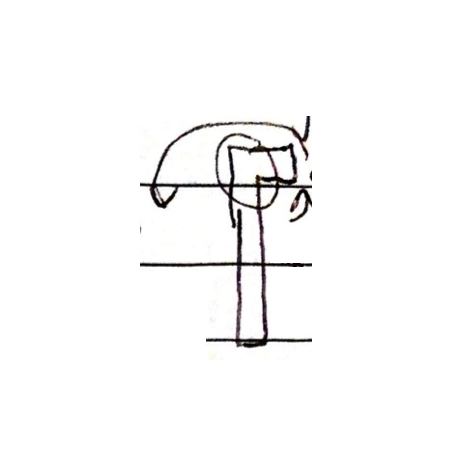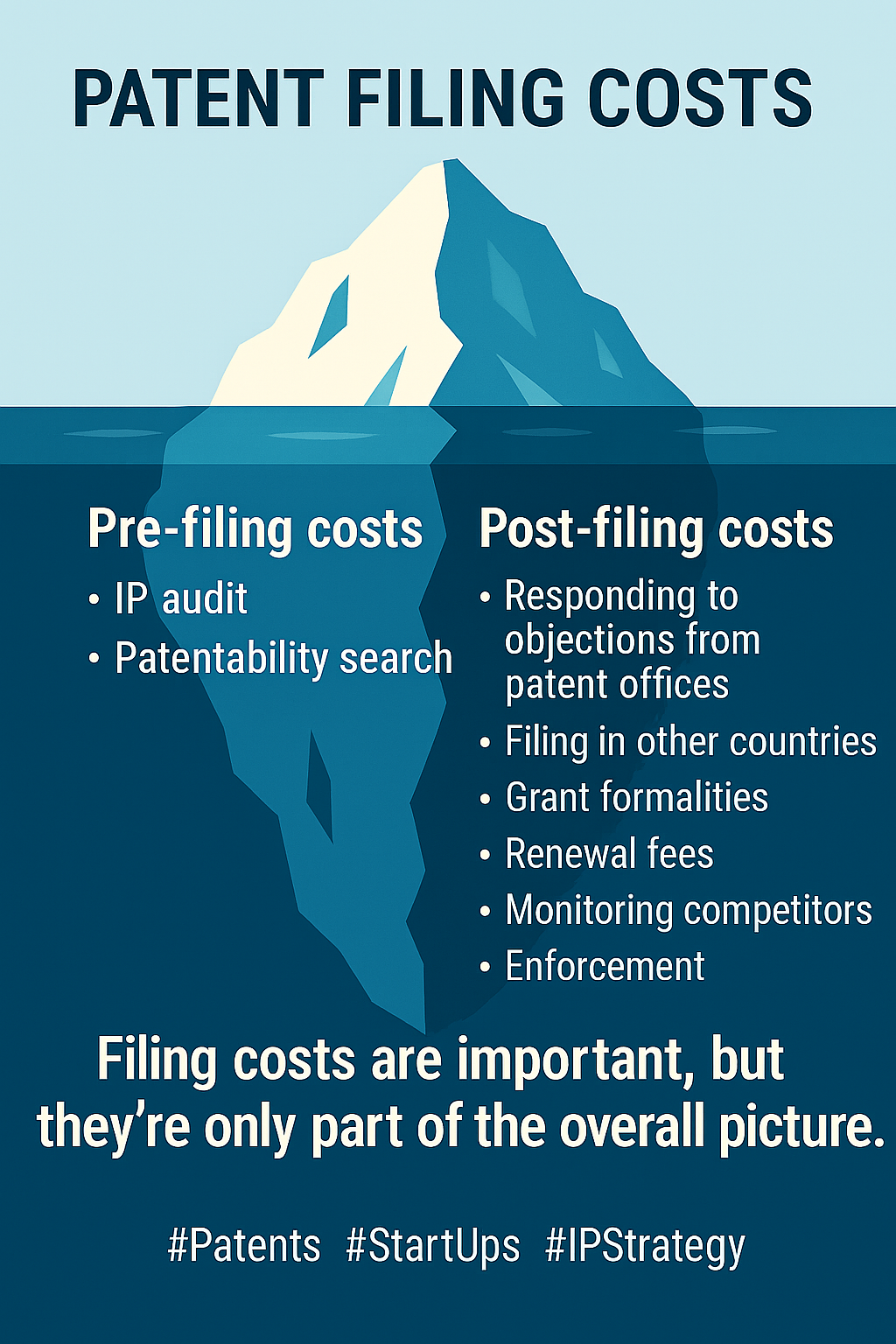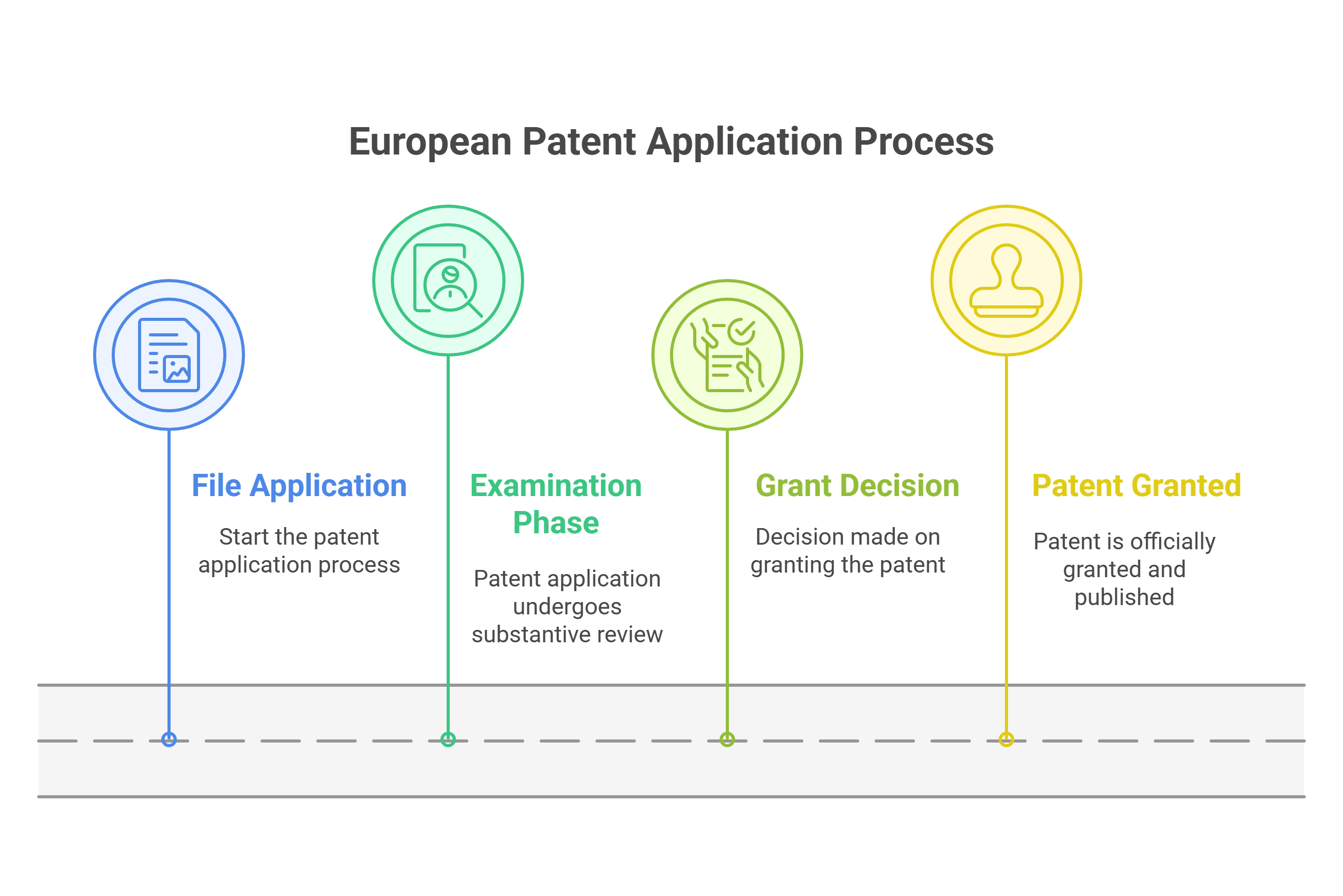In part 1 (link here) of this series of short articles on the value of “prior art” searching, I explained how I came up with an idea of a telescopic hex key, but knocked it out through some ‘quick-and-dirty’ prior art searching. In part 2 (link here), I explained how I used the setback of knocking out my initial idea as a springboard to think around the idea and come up with something, potentially, more useful – before knocking that idea out too.
At this juncture, I realised that a universal tool would potentially need to work with hugerange of different-sized and different-shaped sockets (see, for example, Wikipedia on screw drives here). It also felt like I was en route to a bit of a dead end. The problem I’d initially set my mind to solving had already been solved, at least at the level at which I was able to approach it.
That got me thinking about other frustrations with hex keys. One such frustration that it’s much easier to turn the key using the long arm (with the short arm in the socket) than the short arm (with the long arm in the socket), but the long arm often hits obstructions when being turned. Eureka moment: what if the angle between the long and short arms could be adjusted, for example with a pivot joint, so that I could work the key around obstructions.
Again with apologies for my poor drawing skills, here’s the sketch from my notebook:
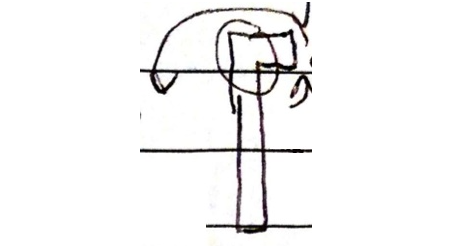
That must be novel, right? Nope:

See International (PCT) Application No. PCT/CA2016/050875 having International Publication No. WO 2017/015754 A1 (Espacenet link here):
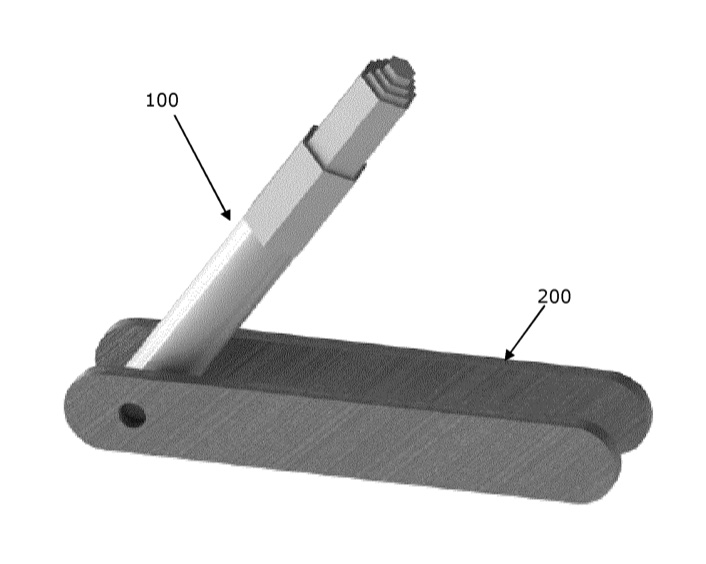
For all intents and purposes, that was this idea knocked out too.
To be honest, by this point I’d exhausted most of the developments I’d envisaged and moved onto a completely different idea. If this was an idea I was determined to work through, I’d have carried on iteratively but it wasn’t an idea I was especially passionate about. I was, naturally, a little disappointed by my findings, but I was definitely relieved I hadn’t spent any significant time or money on this idea given it was already known.
Now, I’m not particularly knowledgable about sockets and screw heads and I was really just dabbling in the field to see if I could problem-solve and come up with something useful. Someone skilled in the field may well have known of these prior disclosures and/or may have had a much more specific starting point, meaning there would be a lower chance of knocking their idea out through prior art searching. But, hopefully, this series of short articles demonstrates the value of prior art searching for inventors and prospective patent applicants.
In the final short article of this series (link here), I’ll set out a few general learning points and thoughts on the value of prior art searching in this context.
If you’re a patent-savvy tech business looking for patent help, get in touch with Russell IP here!
The information above is for general interest and information only and does not constitute legal advice.

